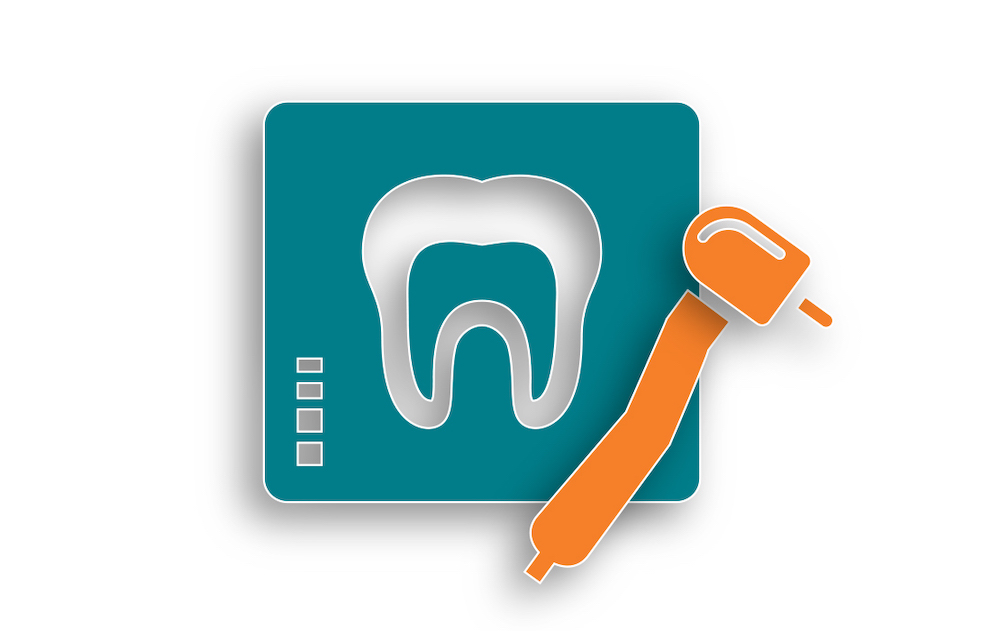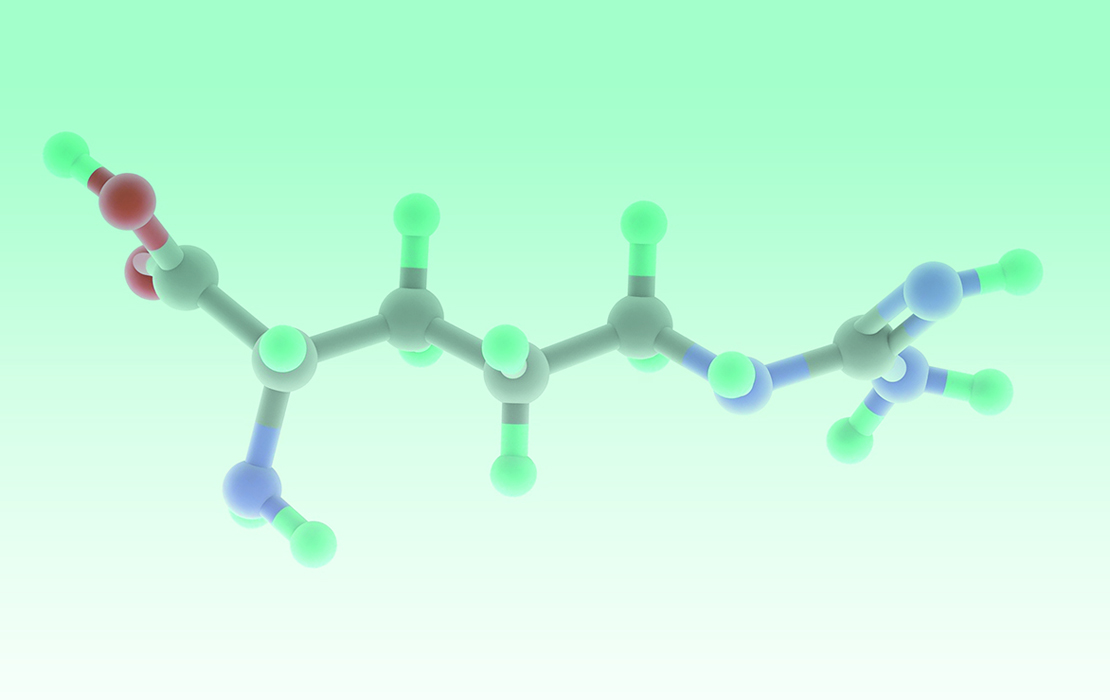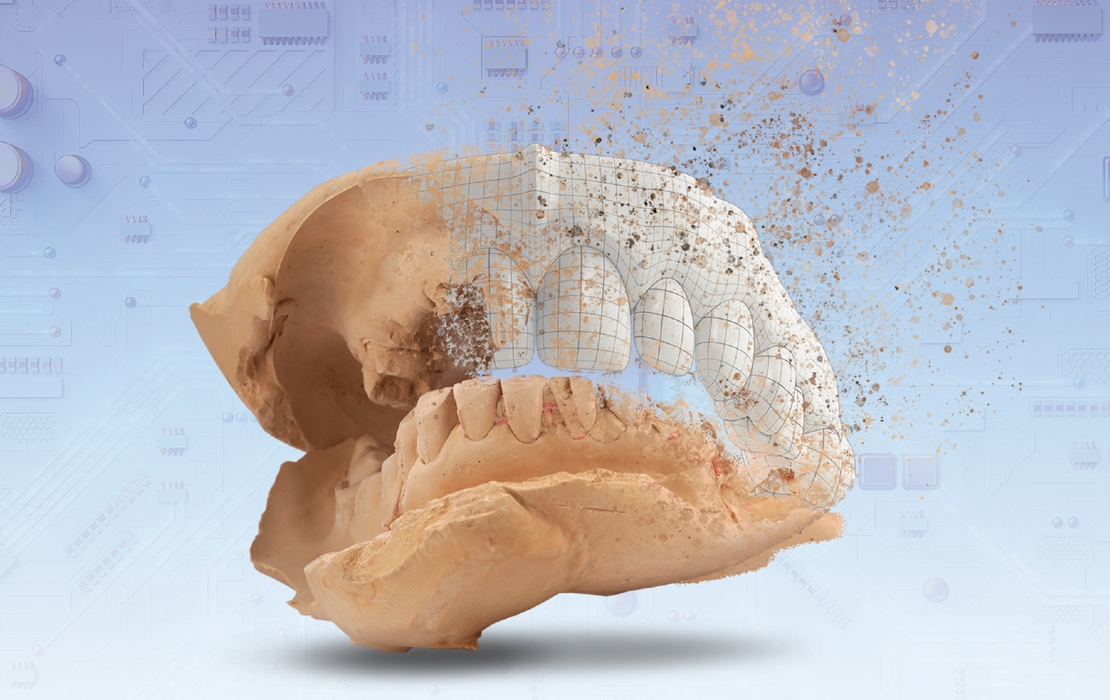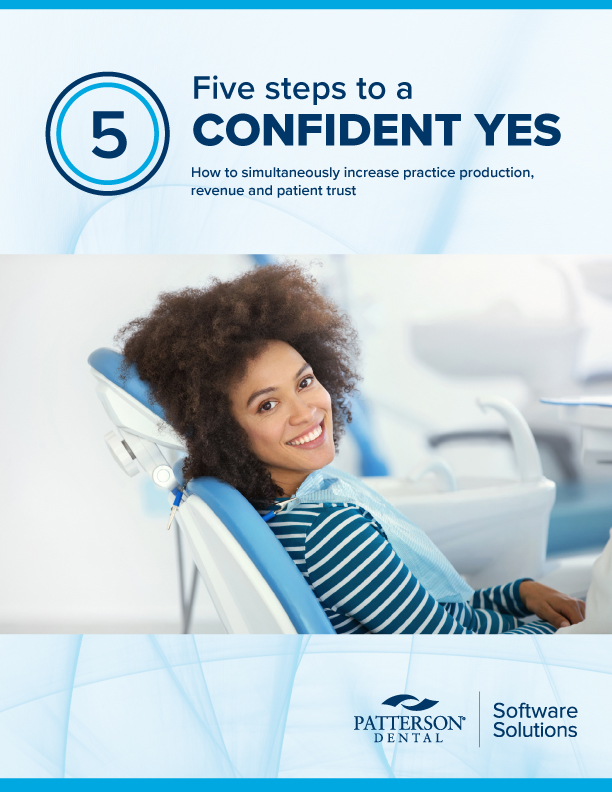ADA seeks participants to help develop new standards
Standards address dental materials, tools, technology

The ADA Standards Program is seeking interested parties to help develop several new standards.
Working groups charged with developing ADA standards consist of a diverse group of expert volunteers representing dental practitioners, industry, government and academia. Involvement is open to anyone who would like to contribute their expertise. Those who wish to participate in the development of the documents below should email standards@ada.org.
• Proposed ANSI/ADA Standard No. 39, Dentistry — Pit and Fissure Sealants: This document specifies requirements and test methods for polymer-based materials intended for sealing pits and fissures in teeth. The standard covers both self-curing and external energy-activated materials. The proposed new document will revise and replace ANSI/ADA Standard No. 39:2020 and be a modified adoption of ISO 6874:2015 Dentistry — Polymer-Based Pit and Fissure Sealants.
• Proposed ANSI/ADA Standard No. 41, Dentistry — Evaluation of Biocompatibility of Medical Devices Used in Dentistry: This document specifies test methods for the evaluation of biological effects of medical devices used in dentistry. It includes testing of pharmacological agents that are an integral part of the device being tested. This document does not cover testing of materials and devices that do not come into direct or indirect contact with the patient's body. The proposed new document will revise and replace ANSI/ADA Standard No. 41:2020 and be a modified adoption of ISO 7405:2025 of the same name.
• Proposed ANSI/ADA Standard No. 78, Dentistry — Endodontic Obturating Materials: This document specifies the requirements for the dimensions of various endodontic obturating materials and the radiopacity for polymeric points, polymeric-coated thermoplastic obturating carriers, non-point-shaped thermoplastic obturating material, or combinations of the above used for obturation of a root canal system. It also specifies numerical and color-coding systems for designating the sizes of preformed endodontic obturating points, a method for determining the melt mass-flow rate for injection material, and the requirements for marking, labeling, packaging and the instructions for use. This document does not specify requirements or test methods for sterility. Reference to applicable national regulations, internationally accepted pharmacopoeia and standards for validating sterilization processes can apply. The proposed new document will revise and replace ANSI/ADA Standard No. 78:2022, Dentistry — Dental Obturating Cones and be an identical adoption of ISO 6877:2025 of the same name.
• Proposed ANSI/ADA Standard No. 120, Dentistry — Physical Properties of Powered Toothbrushes: This document specifies requirements and test methods for the physical properties of powered toothbrushes to promote the safety of these products for their intended use. It applies to the following common features of powered toothbrushes: battery, motor, mechanical or magnetic drive system, and moving brush head with tufted filaments. These toothbrushes can have a moving brush head with different motions, frequencies and velocities.
Powered toothbrushes are tested for safety in use by means of appropriate test procedures or clinical studies. The requirements in this document apply to all types of powered toothbrushes. However, some requirements may not be applicable to all types. For example, brush head plate retention can only be applied if the brush has a head portion that can detach from the brush shaft. In addition, for the filament end-rounding requirements, the document does not apply to filament types that are very thin, have no sharp edges or have nonsynthetic filaments — where applying the end-rounding process is inappropriate or impossible. This document is not applicable to other types of powered oral hygiene devices or manual toothbrushes. The proposed new document will revise and replace ANSI/ADA Standard No. 120:2022 and be an identical adoption of ISO 20127:2025 of the same name.
• Proposed ANSI/ADA Standard No. 157, Dentistry — Powered Dental Scaler Handpieces and Tips: This document specifies requirements and test methods for air-powered and electrical-powered scaler handpieces and scaler tips, including piezo-, ferrostrictive- and magnetostrictive-type ultrasonic scalers, operated as stand-alone items or connected to dental units for use on patients. It also contains specifications on manufacturers’ instructions, marking and packaging. The proposed new document will revise and replace ANSI/ADA Standard No. 157:2020 and be an identical adoption of ISO 18397:2025 of the same name.
• Proposed ANSI/ADA Standard No. 166, Dentistry — Accuracy of CAD/CAM Produced Digital Dentures: This document defines the requirements for a data-capture device required for a denture — either intraoral or desktop — and the standards for manufacturing a digital denture, including for materials, accuracy and aesthetics. The standard only addresses the accuracy of removable dentures and prosthetics produced through computer-aided design and manufacturing.
• Proposed ANSI/ADA Standard No. 196-2, Dentistry — Materials for Dental Instruments — Part 2: Polymers: This document specifies polymers commonly used in manufacturing dental instruments. It is applicable to polymers used to manufacture either an entire instrument or part of an instrument and to single-use and reusable dental instruments, whether they are connected to a power-driven system or not. This document does not apply to oral appliances and devices, including splints, mouthpieces, crowns, bridges and implants; to instruments used long term in the mouth of the patient; and to devices and instruments not made of polymers. This document contains a selection of polymers suitable for use in the manufacture of dental instruments. The proposed new document will be an identical adoption of ISO 21850-2:2025 of the same name.
• Proposed ANSI/ADA Standard No. 223, Dentistry — Corrosion Resistance of Dental Amalgam: This document specifies the requirements for the permissible reduction in strength resulting from crevice corrosion of dental amalgam products that are within the scope of ANSI/ADA Standard No. 144 for Dentistry — Pre-Capsulated Dental Amalgam. It provides details of the test procedure for determining this. The proposed new document will be an identical adoption of ISO 23325:2020 of the same name.
• Proposed ANSI/ADA Standard No. 224, Dentistry — Test Method for Determining Radiopacity of Materials: This document specifies test methods for determination of radiopacity of a test material by reference to a specimen of an aluminum standard. The method is designed to discriminate radiopacity at a clinically meaningful level and is not designed to take account of factors that may affect precise, inherent values of radiopacity, such as background noise, X-ray beam power, grayscale correction and image enhancement. It is recognized that such factors can change the value of radiopacity but not the relative ranking compared with standard thicknesses of an internal standard such as aluminum. This test may be performed with conventional or digital sensoring techniques of a dental X-ray apparatus.
• Proposed ANSI/ADA Standard No. 1120-5, Dentistry — Data Content Standard: Prior Authorization and Predetermination: This document defines the core data elements, structure and exchange requirements necessary to support electronic dental prior authorization and predetermination transactions between dental providers, payers and related entities.
• Proposed ANSI/ADA Standard No. 1120-6, Dentistry — Data Content Standard: Advanced Explanation of Benefits and Good Faith Estimate: This document establishes a uniform framework for defining and exchanging information needed to generate advanced explanations of benefits and good faith estimates to ensure consistency across dental providers, payers and patients. It specifies the data content required to comprehensively describe dental preadjudication results, patient responsibilities and coverage explanations. It aims to enhance transparency, reduce administrative errors and improve overall patient understanding of benefits and financial obligations.
• Proposed ANSI/ADA Standard No. 1121, Dentistry — Artificial Intelligence (AI) and Augmented Intelligence (AuI) Based 2D Radiograph Analysis — Data Generation, Data Annotation and Data Processing: This document defines the requirements for developing and documenting the goals, limitations, target end users and target patient population for artificial intelligence- and augmented intelligence-enabled 2D radiograph analysis software for dentistry applications. It outlines the requirements for appropriate training data, validation data, test data and annotation for the software to ensure that it achieves its intended goals and is restricted to the aspects. This document does not cover the specific implementation details and focuses on static artificial and augmented intelligence. The proposed new document will be an identical adoption of ISO 18374:2025 of the same name.
• Proposed ANSI/ADA Standard No. 1054, Dentistry — Electronic Dental Laboratory Prescription Forms: This document standardizes the data necessary to be included on an electronic dental laboratory prescription. The goal of this report is to address the need for electronic transmission of patient information from the dental provider to the outsourced dental laboratory with the necessary security and interoperability.
• Proposed ANSI/ADA Standard No. 1075, Dentistry — Electronic Orthodontic Dental Laboratory Prescriptions: This document standardizes the data necessary to be included on an electronic orthodontic dental laboratory prescription. The goal of this report is to address the need for electronic transmission of patient information from the orthodontic provider to the outsourced dental laboratory with the necessary security and interoperability.
The ADA is an American National Standards Institute-Accredited Standards Developer and has been at the forefront of the development of dental standards since 1928. These standards establish requirements for safe and effective dental products and technologies through a consensus-based process.
To learn more about the ADA Standards Program, visit ADA.org/dentalstandards.



